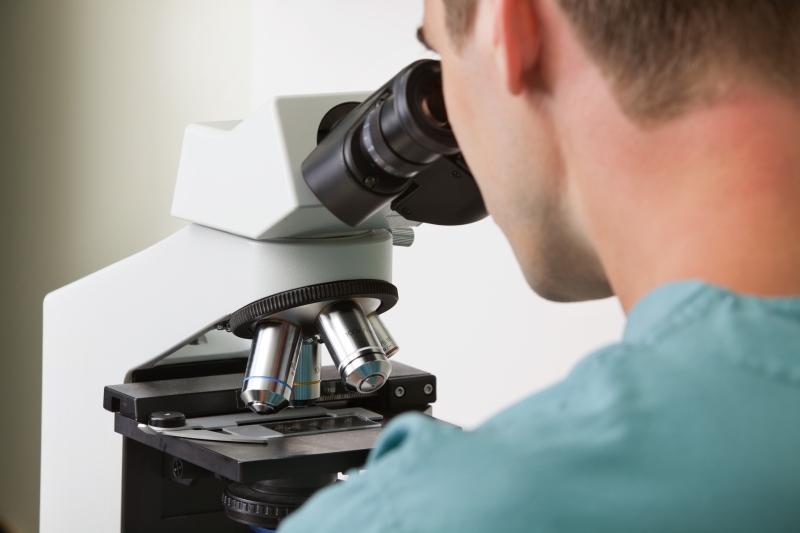 Advancements in medical science have the potential to help us all lead healthier and more fulfilling lives. Some of them sound like they have been lifted straight from the pages of a science fiction novel, but many are truly groundbreaking and could well be the difference between life and death.
Advancements in medical science have the potential to help us all lead healthier and more fulfilling lives. Some of them sound like they have been lifted straight from the pages of a science fiction novel, but many are truly groundbreaking and could well be the difference between life and death.
3D printing
3D printing has been around for a while now, but in the past couple of years it has grown from being something used to print out inanimate objects to a technology that is making waves in the world of medicine.During 2014, a Dutch team of surgeons carried out the world’s first complete skull transplant using a plastic skull piece designed and produced using a 3D printer. The procedure, which took place at the University Medical Centre in Utrecht, took less than a single day to conduct and eased the pressure on the brain of a young woman who suffered with a rare bone thickening condition.3D printing is also being used around the world to produce dental fittings and replacement hip joints. Some also believe that it will be possible to 3D print replacement organs at some stage in the future.
The Bionic Eye
Another of last year’s major breakthroughs was the production of the Argus II Retinal Prosthesis System, AKA ‘The Bionic Eye’. The technology has been designed to give sight back to people who are legally blind and tests at the Duke University Eye Center in Durham, North Carolina in October proved to be extremely positive.The devices were originally designed in the early 2000s, but were only approved by the US Food and Drug Administration (FDA) in 2013. Larry Hester, a 66-year-old who had been blind for more than three decades, was one of the first bionic eye recipients and he was overwhelmed by the results.
Neurostimulator for epilepsy
Around the world, an estimated 50 million people have epilepsy, with seizures having a major impact on their lives. For those with intractable epilepsy, the condition can even be fatal.However, a new device has been created that is implanted inside the skull and detects impending seizures before using electrical currents to interrupt the condition.
